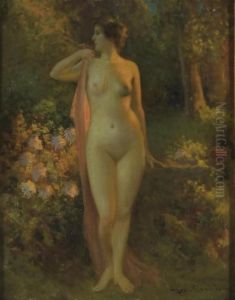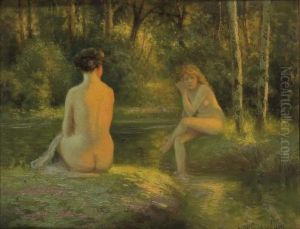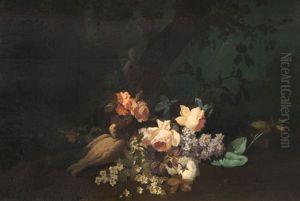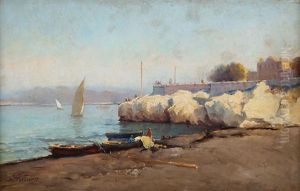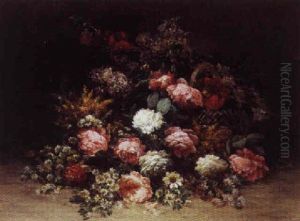Jean-Baptiste Baudin Paintings
Jean-Baptiste Baudin was a French historical painter, born on November 29, 1821, in Paris. His full name was Jean-Baptiste Jules Baudin, and he was known for his historical and genre paintings. Baudin studied at the École des Beaux-Arts in Paris under the tutelage of prominent artists such as Paul Delaroche, who was renowned for his grand historical scenes and adherence to academic principles.
As an artist, Baudin was very much a product of his time, imbued with the academic tradition that dominated French art in the mid-19th century. He participated in the Paris Salon, the official art exhibition of the Académie des Beaux-Arts in Paris, which was a pinnacle for artists seeking recognition. His works often depicted scenes from history with a romantic flair, illustrating dramatic and emotional moments that were designed to evoke a response from the viewer.
Despite his skill and the quality of his work, Baudin did not achieve the same level of fame as some of his contemporaries. However, he was respected among his peers and his works were collected by those who appreciated his academic style and narrative ability. Baudin's painting 'The Death of Caesar' is among his known works, demonstrating his interest in pivotal historical events and his capacity to portray them with a certain theatricality.
Jean-Baptiste Baudin's life was cut short when he died prematurely at the age of 44 on December 14, 1865. Though not widely known today outside of art history circles, his contributions to 19th-century French art are recognized by those who study the period, particularly the adherence to academic conventions and the romantic portrayal of historical subjects that were characteristic of the era.
